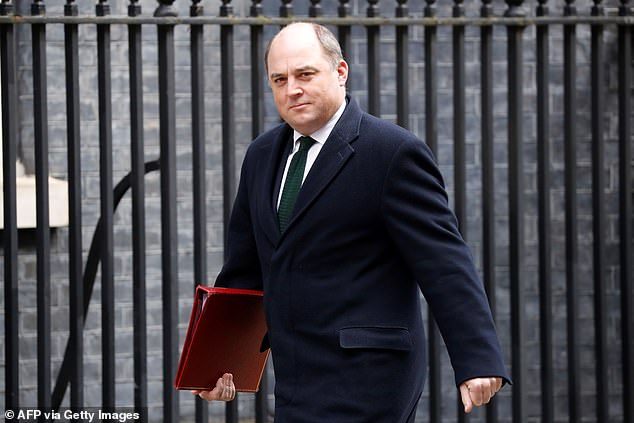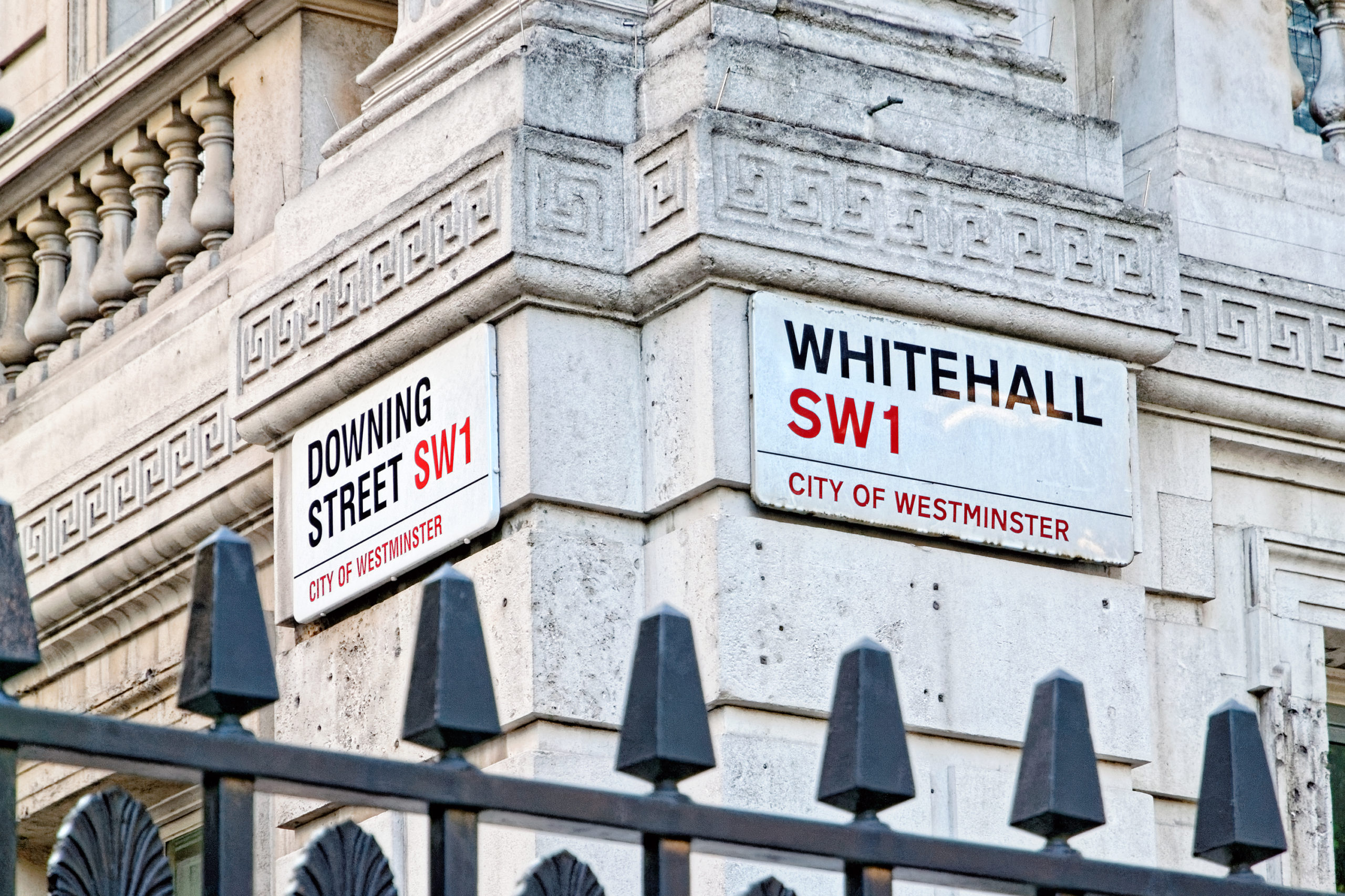Earlier this month, The Telegraph reported on the shambolic state of the MoD’s management of the Defence Estate. Citing a recent Public Accounts Committee report, its headline-grabbing quote was that, even though twice as much money is spent on land as on the nuclear deterrent, one third of the Defence Estate is in unacceptable condition. Is the MoD’s management of the Defence Estate really that bad and, if so, what should be done about it?
What is the Defence Estate?
According to the 2019-20 MOD Annual Report and Accounts, the Defence Estate has approximately 134,000 build assets across 1,153 establishments located world-wide. Within the UK, the Defence Estate covers 1½% of the entire landmass; however, almost half the assets are over 50 years old. In 2019-20, the MoD spent £4.6 billion on the Defence Estate.
Who runs the Defence Estate?
The MoD’s self-proclaimed estate expert is the Defence Infrastructure Organisation (DIO). Its vision is to equip Defence with a significantly smaller, more efficient, better quality estate. Its responsibilities include:
- Planning and delivering major capital projects and lifecycle refurbishment.
- Providing utilities services.
- Managing soft facilities management (i.e. cleaning and catering).
- Providing a safe place to train.
- Allocating Service Families Accommodation.
- Procuring and managing routine maintenance and reactive repair.
- Providing a central register of asset information to advise infrastructure planning.
- Acting as steward of the defence estate.
- Providing the unarmed guarding service.
In 2020, the DIO published a 10-year strategy that set out the following areas for focus for change:
- Implementing an asset management system for defence infrastructure, which helps the DIO and its customers make better decisions based on really good information and data.
- Improving delivery to customers, reducing disruption to the work and lives of service personnel and their families caused by poor infrastructure performance or infrastructure failure.
- Becoming an expert in sustainability, climate change and the environment, providing advice that leads to environmentally sound infrastructure decisions.
The Problem Space
The issues around the management the Defence Estate were summed up by the Public Accounts Committee:
- The estate is vital in supporting military capabilities and its condition affects the lives and welfare of our service personnel. However, the estate is too large, and its scale, nature and location have failed to evolve to meet the Armed Forces’ needs. By retaining unneeded estate, the MoD wastes resources that could support frontline personnel and develop new military capabilities. The MoD does not know the ‘right size’ for the estate. Instead, it is still accountable for progress against a meaningless target to reduce the ‘built’ estate by 30% by 2040, which it knows it cannot meet. In fact, if the MoD achieves all its planned disposals, the estate would be reduced by just 16% and it has no targets to reduce the size of the whole estate, including its overseas holdings.
- In the last four years, the MoD has reduced the size of its built estate by just 2% and it missed its targets to raise £1 billion in sale proceeds and release land for 55,000 houses by 2020–21. This constant cycle of delay and internal re-organisation is not helped by the fact that 10 years since it established the DIO, the MoD is still several years away from having sufficient data on the condition and running costs of its sites to inform decisions on optimising use of the estate.
- The MoD’s forecast of savings in running costs from the Defence Estate Optimisation Portfolio—its main estate transformation programme—has fallen to just £0.65 billion by 2040, compared with an original forecast of £2.4 billion. Even this forecast is highly uncertain and there is a very real risk of savings melting away completely.
What should be done?
The Defence Operating Model, articulated in the document How Defence Works, is based on the following, simple principles. MoD Head Office directs and coheres all Defence activities; Military Commands (i.e. Navy Command, Army Command, Air Command and Strategic Command) generate today’s military capability from the resources available to them, and work with Head Office to develop future capabilities; and Enabling Organisations (of which the DIO is one) provide specialist supporting services to the rest of Defence.
Head Office must provide the necessary strategic direction on how the Defence Estate is to be managed and, crucially hold the Military Commands and the DIO to account for doing so. The Military Commands must take a greater share of responsibility for estate-related decisions within their own area of operations, with cross-cutting facilities overseen by the command best-placed to do so (for example, Army Command should oversee all military training areas). They should also manage the budgets for those parts of the Defence Estate that they use. Finally, the DIO should be reduced in size and scope and simply become a deliverer of specialist supporting services. In short, Head Office should direct, the Military Commands should decide, and the DIO should provide.
Conclusion
As onUKDefence has previously pointed out, there must be prioritisation within UK Defence. This includes decision-making around the Defence Estate. The Defence Operating Model provides clear principles on how this should be achieved; these principles must be applied to the management of the Defence Estate.






